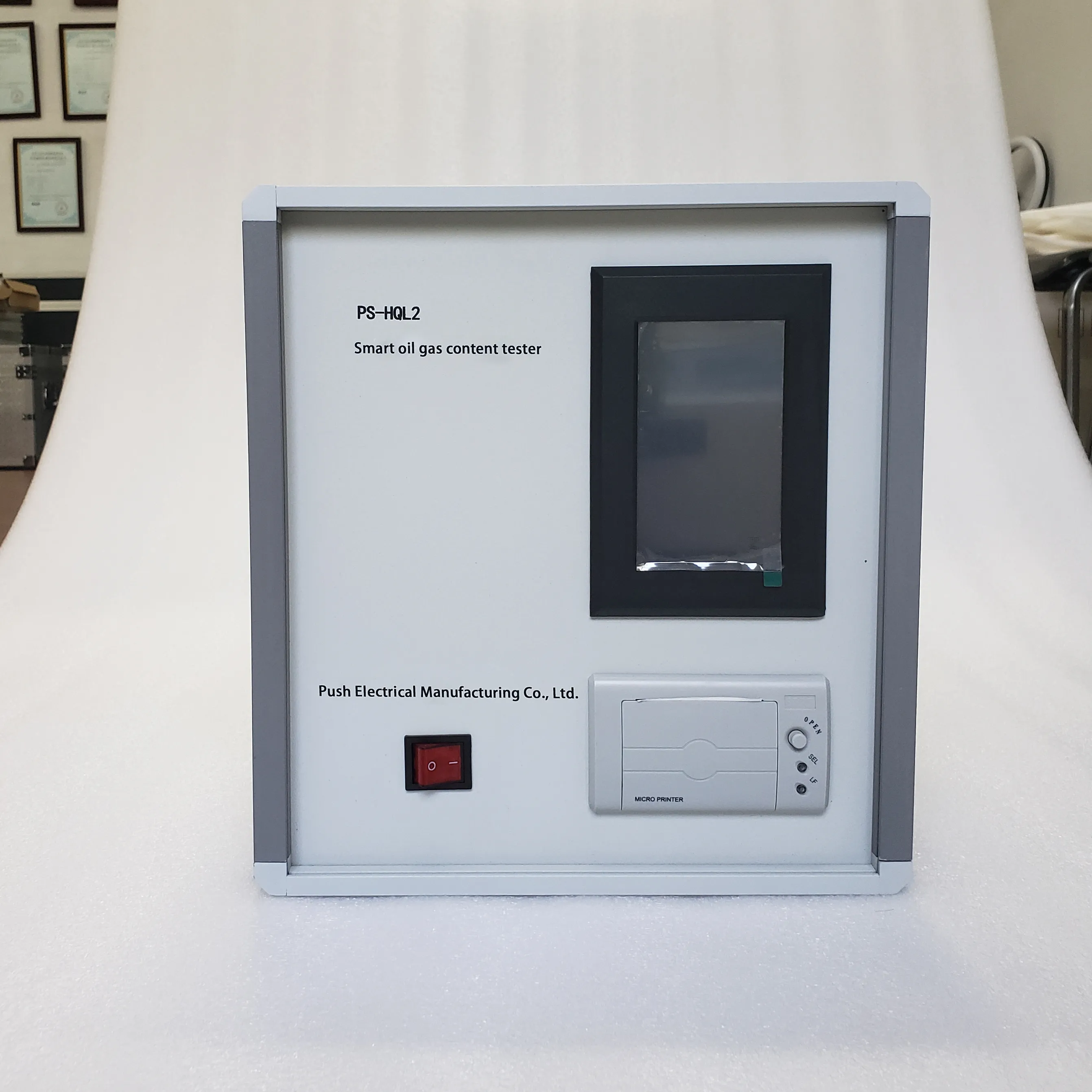 English
English


Loop Impedance Measurement Device for Electrical Safety Testing and Analysis
Understanding Loop Impedance Meters A Comprehensive Guide
In the realm of electrical testing and maintenance, one of the most critical parameters to evaluate is the loop impedance of an electrical circuit. Loop impedance meters are specialized instruments designed to measure this impedance effectively. Understanding how these devices work, their importance, and their application in various fields is essential for electricians, engineers, and anyone involved in electrical maintenance.
What is Loop Impedance?
Loop impedance refers to the total opposition a current faces when flowing through a complete circuit loop. It is crucial in ensuring that electrical systems are safe and function as intended. A low loop impedance is indicative of a competent earthing system, which is vital for the safety of both electrical installations and personnel. High loop impedance may highlight potential issues such as poor connections or inadequate earthing systems, leading to hazardous conditions like electric shocks.
The Importance of Loop Impedance Testing
Loop impedance testing is important for several reasons
1. Safety Ensuring that the loop impedance is within safe limits is key to preventing electrical shocks and ensuring the effective operation of protective devices like circuit breakers. 2. Compliance Regulatory bodies often require loop impedance measurements to comply with safety standards in electrical installations.
3. System Performance A properly functioning electrical system with suitable loop impedance ensures efficient operation, preventing unnecessary losses and enhancing energy efficiency.
4. Fault Detection Regular testing can help identify poor connections or failing components in the circuit, allowing for preventative maintenance and avoiding unexpected failures.
How Loop Impedance Meters Work
Loop impedance meters operate by sending a test current through the circuit and measuring the voltage drop across the loop. This process involves several steps
1. Connection The meter is connected to the circuit at the desired measurement point. This connection must be secure to ensure accurate readings.
2. Testing Phase Once connected, the meter introduces a small test current into the loop. The size of this current is usually predefined, enabling consistent measurements.
loop impedance meter

4. Display and Analysis The results are then displayed on the meter, allowing the user to analyze the readings against acceptable standards and determine if the circuit is safe to operate.
Types of Loop Impedance Meters
There are various types of loop impedance meters available, catering to different needs
1. Analog Loop Meters These are traditional devices that provide a visual indication using a needle gauge. While they have become less common due to advancements in technology, they are still employed in some applications.
2. Digital Loop Meters Equipped with LCD displays, these modern meters provide more precise readings and often feature additional functionalities such as data logging and connectivity options.
3. Multi-function Testers These versatile devices can measure loop impedance along with other parameters such as insulation resistance, earth resistance, and RCD testing, making them popular among electricians for their convenience.
Best Practices for Using Loop Impedance Meters
To ensure accurate and reliable testing results, users should follow certain best practices
- Calibration Regularly calibrate the meter to maintain accuracy. - Inspect Connections Before testing, inspect all connections to ensure they are secure and free from corrosion. - Environment Considerations Be mindful of environmental factors such as temperature and humidity, which can affect measurement accuracy. - Follow Manufacturer’s Instructions Adhere to the guidelines provided by the manufacturer for safe and efficient usage.
Conclusion
The loop impedance meter is an indispensable tool in the field of electrical testing. By allowing users to measure loop impedance accurately, these devices play a crucial role in ensuring electrical safety, compliance with standards, and system performance. Understanding how to properly utilize and interpret the readings from loop impedance meters can significantly aid electricians and engineers in maintaining safe and efficient electrical systems. As technology continues to evolve, the functionality and accessibility of loop impedance meters will likely improve further, enhancing their role in electrical safety and maintenance practices.
-
Differences between open cup flash point tester and closed cup flash point testerNewsOct.31,2024
-
The Reliable Load Tap ChangerNewsOct.23,2024
-
The Essential Guide to Hipot TestersNewsOct.23,2024
-
The Digital Insulation TesterNewsOct.23,2024
-
The Best Earth Loop Impedance Tester for SaleNewsOct.23,2024
-
Tan Delta Tester--The Essential Tool for Electrical Insulation TestingNewsOct.23,2024





